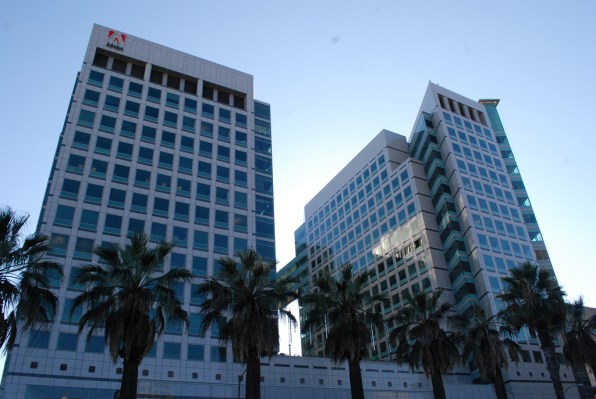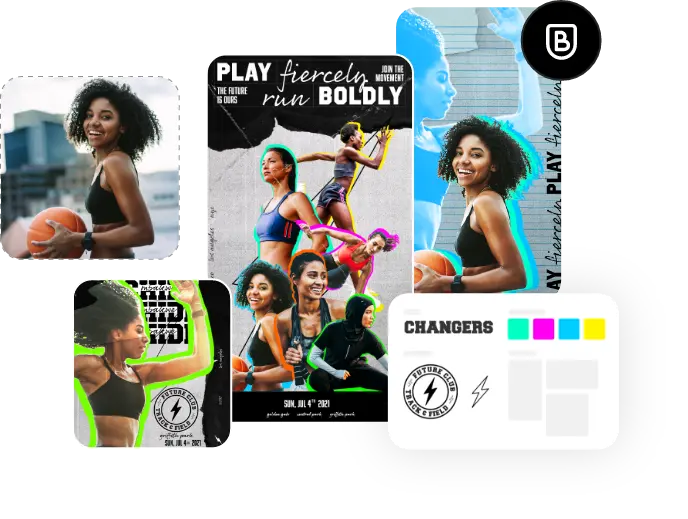Adobe Express, the company’s template-centric tool for helping anyone quickly create logos, banners, flyers, ads and more, has always long offered a free version for schools. As the company announced today — one day before its annual MAX conference — Adobe Express for Education now has over 43 million K–12 users globally.
In case you’re confused about the naming here, it’s worth remembering that Adobe Express was originally called Creative Cloud Express, which itself was a rebranded and updated edition of Adobe Spark.
As part of today’s announcement, the company is also launching a number of new features for Adobe Express for Education. It now features the company’s context-aware AI-powered templates that make it easier for nondesigners to create more professional-looking content. The feature evaluates your premade content (text, images, etc.) and then recommends relevant templates. There is now also a new font recommendation tool that uses the overall context of a project to recommend appropriate fonts from the company’s Adobe Font service.
Maybe most importantly, though, the company today also introduced safe image and video searches and customized K–12 and higher education resource pages.
Yet, while all of this AI magic is surely cool, I can’t help but wonder if it doesn’t stifle students’ imaginations a bit. It’s surely useful for teachers, but I don’t think anybody should expect a third grader to produce an AI-enhanced flyer for her science fair project. It’s been a long time since I stood before a classroom, though, so maybe that’s changed.
“I taught my fifth graders how to use Adobe Express, and they created culminating projects about how to carefully evaluate information found on the web,” said Linda Dickinson, media and educational technology instructor at Abbotts Hill Elementary School. “They loved sharing what they learned using Express! It allowed them to showcase their creativity and share what they felt was most important, authentically.”

